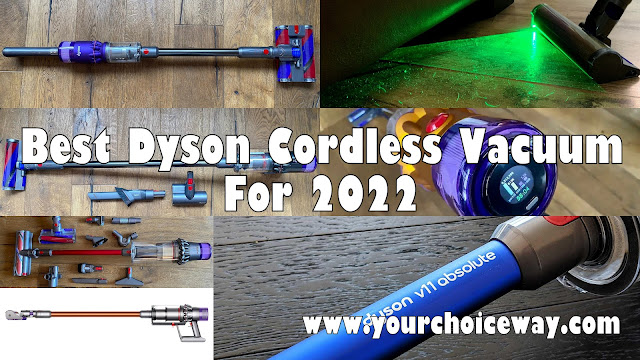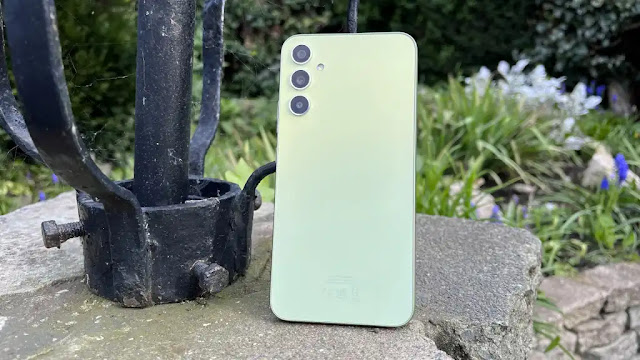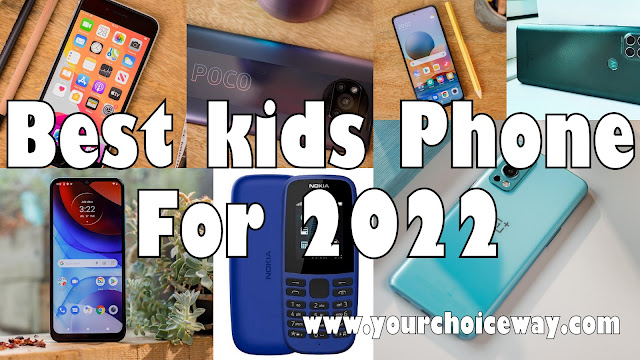The DJI Mavic Air 2 is the best drone for almost everyone. We explain why and the alternatives if you have a bigger - or smaller - budget.
Drones offer a perspective you simply can't get any other way and they don't have to cost the earth either.
The latest models are amazingly easy to fly and produce stunning video. Drones such as the DJI Mavic Air 2 have a lot technology from pro-level drones, but are still within most people's budget.
Budget, of course, is a great place to start when choosing a drone. The price range is larger than most gadgets, starting from as little as £10 / $10 for one of the best cheap drones right up to thousands for 'prosumer' models which border on professional drones.
But as you'd guess, you'll need to spend quite a lot if you're more interested in capturing amazing aerial video. However, there are some excellent mid-range options such as the £369 / $399 DJI Mavic Mini, which doesn't need to be registered as it's below most countries' 250g weight limit.
Don't forget, though, that the laws on flying drones still apply to the Mavic Mini. You can't just fly a drone wherever you like.
Scroll down below the reviews to find more in-depth buying advice.
1. DJI Mavic Air 2
Shooting 4K60 is great as it means you can slow the footage in your video editor for a more cinematic look, and you can also shoot slo-motion footage at 240fps in 1080p.
Add the upgraded obstacle avoidance, remote control and flight time (compared to the original Mavic Air) and there's no contest: the Air 2 is superior in every way. It isn't perfect due to the lack of obstacle sensors on the sides, but accept and work around its limitations and you'll have a grand old time with it.
Read our full DJI Mavic Air 2 review
2. DJI Mavic 2 Pro / Zoom
If you can afford a few hundred over and above the Mavic Air 2, the Mavic 2 Pro is still one of the best choices. This is mainly thanks to its great camera, and ability to shoot in 10-bit colour. If you don't care about this, and the fact it tops out at 4K/30, then save your money and get a Mavic Air 2.
The Mavic 2 Zoom is also an excellent drone. Its long flight time is a real advantage, and it remains fairly portable.
Its obstacle avoidance system is also impressive, as is its object tracking and video transmission system. But it's the zoom lens which really makes the difference, letting you get closer to your subject.
3. DJI Mavic Mini
Aimed at first-time fliers, the Mavic Mini is a cut-down version of the Mavic Air. It’s a competent drone which is easy to fly, but it doesn’t have obstacle avoidance and uses a cut-down app which has a limited feature set.
The good news is that it takes respectable video and photos, and it’s light enough to avoid needing registration in some countries.
Read our full DJI Mavic Mini review
4. Parrot Anafi
With a 180-degree tilting gimbal, a battery that charges via USB-C and the ability to record 4K HDR video, the Anafi is a well-priced drone. The snag is that it won't avoid any obstacles and some of the autopilot modes have to be unlocked with in-app purchases.
5. DJI Mavic Pro
The Mavic Pro may have been superseded by the Mavic 2 Pro, but if you can't quite stretch your budget to the later model, the original is still a very impressive drone.
It was DJI's first folding drone and while not as small as the Mavic Air or Mini, you'll be happy to live with the larger size for the quality of the video and photos on offer.
Don't pay too much for it, and watch out for good deals and discounts.
6. DJI Phantom 4 Pro v2.0
Recently re-introduced after a shortage of components which meant it was out of stock for most of 2019, the Phantom 4 Pro v2.0 is one of DJI's most capable drones. The main disadvantage is that is doesn't fold, so unlike a Mavic, it's not nearly as portable.
The v2.0 was originally launched in 2018, but there's nothing to quibble about in terms of specs. It has OcuSync HD for better image transmission to the remote controller, plus obstacle detection in five directions and avoidance in four.
If you're looking for a top-quality drone for recording fantastic aerial 4K video, the Phantom is still a good choice.
7. Hubsan H501S X4
If you're looking for an easy-to-fly drone with a first-person-view camera, the Hubsan H501S is one of the most affordable options.
But don't be fooled: the video and photo quality is not up to the level of even the Mavic Mini, so if you can afford a little more, it's well worth doing so.
What To Look For In A Drone
Some people just want to fly for fun, but most people want a drone to take aerial photos and videos. And if you want them to be any good, you will need to spend £300+. We've yet to see a cheaper drone achieve stabilised, great quality video.
You tend to get what you pay for with drones, so the higher price, the better the camera and the more features (such as obstacle avoidance) that are included.
Flight time and range
Flight time varies a lot, and it isn't tied to price. The Mavic Mini is DJI's cheapest drone, yet flies for up to 30 minutes on a charge. The DJI Spark, however, costs more, but has a 12-15 minute flight time. The Spark is quite old now, and the excellent Mavic Air looks like it's about to be replaced by the Mavic Air 2.
Don't pay too much attention to range. It sounds great to be able to fly several kilometres away, but most local laws (including in the UK) say you must keep drone in sight at all times.
Very small and light drones can be blown around in the wind, which is why having GPS on board is a must: it allows the drone to automatically hover in place.
Spares
Although it's rare on most of the drones below, crashing is a distinct possibility. Almost all drones come with a full set of spare propellers, but as two rotate anti-clockwise and the other pair clockwise, you’ve got only two spares for each pair of spindles.
Check first if spare parts are easy to obtain for a particular drone, and also their prices.
Cameras
Not all drones come with cameras. You don’t need a camera, since you should always have the drone in your line of sight while flying it.
At the cheaper end of the price scale you’ll be lucky to get even 720p (1280x720) video, but if you want a drone for aerial video go for at least 1080p (1920x1080). Bear in mind that - as ever - you can't trust specs alone. Read our reviews to find out how good each drone's camera is.
However, you’ll only get great quality footage if you buy a drone with a gimbal. This is a stabilised mount for the camera which keeps it steady when the drone tilts or moves around. Parrot's Bebop 2 has a fixed wide-angle camera that does a reasonable job without a gimbal, but the quality from all of DJI's drones is generally noticeably better.
Some drones record video directly to a microSD card but others record from the remote control, or even over the air to a smartphone. Direct recording is usually more reliable and better quality as the video doesn't have to be transmitted before being recorded.
View the original article here
























0 comments:
Post a Comment